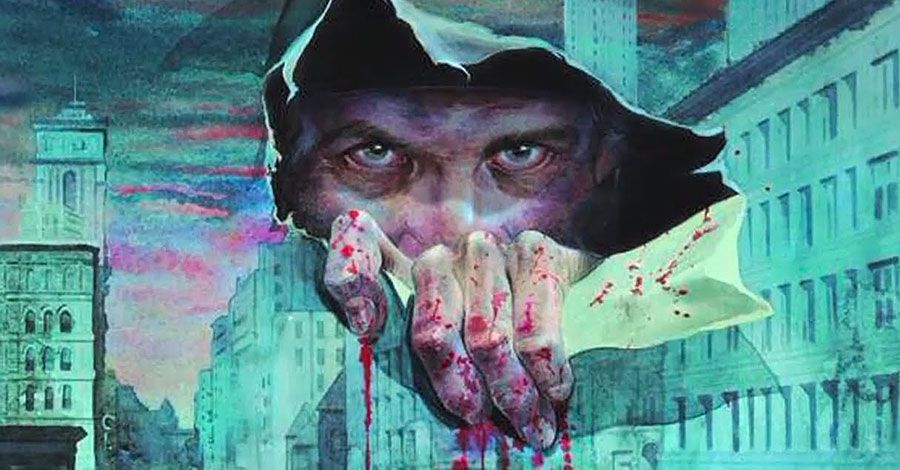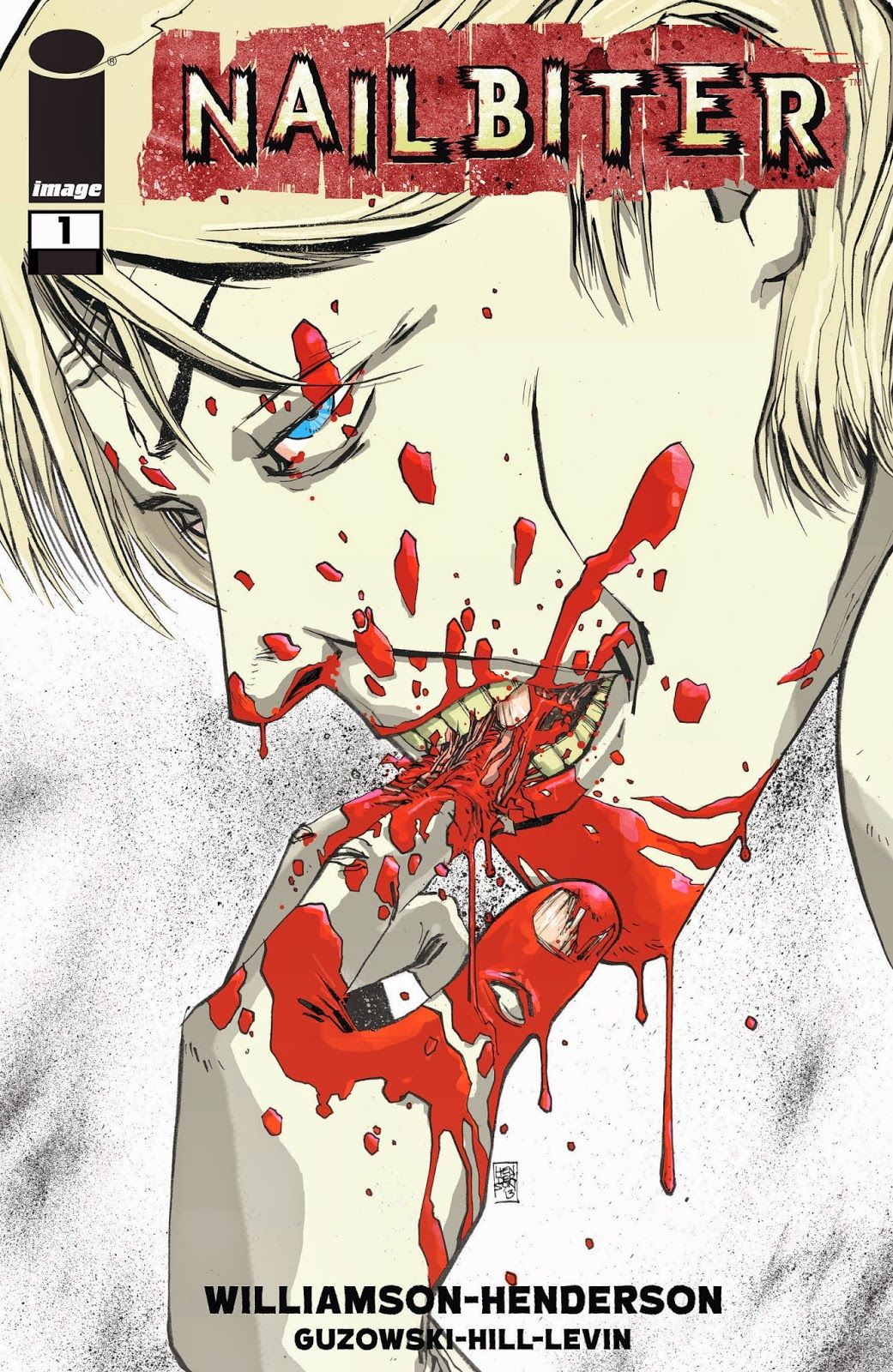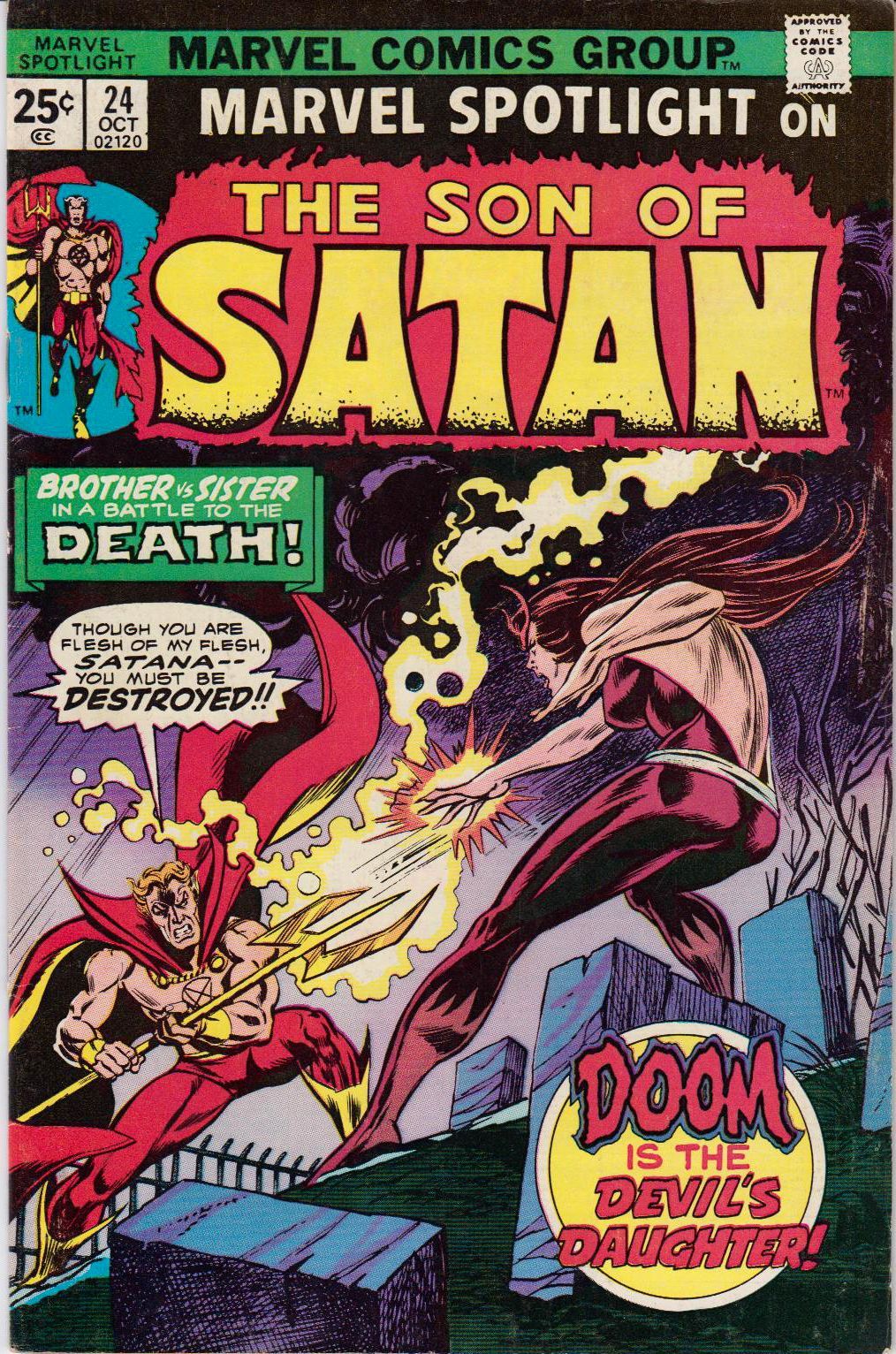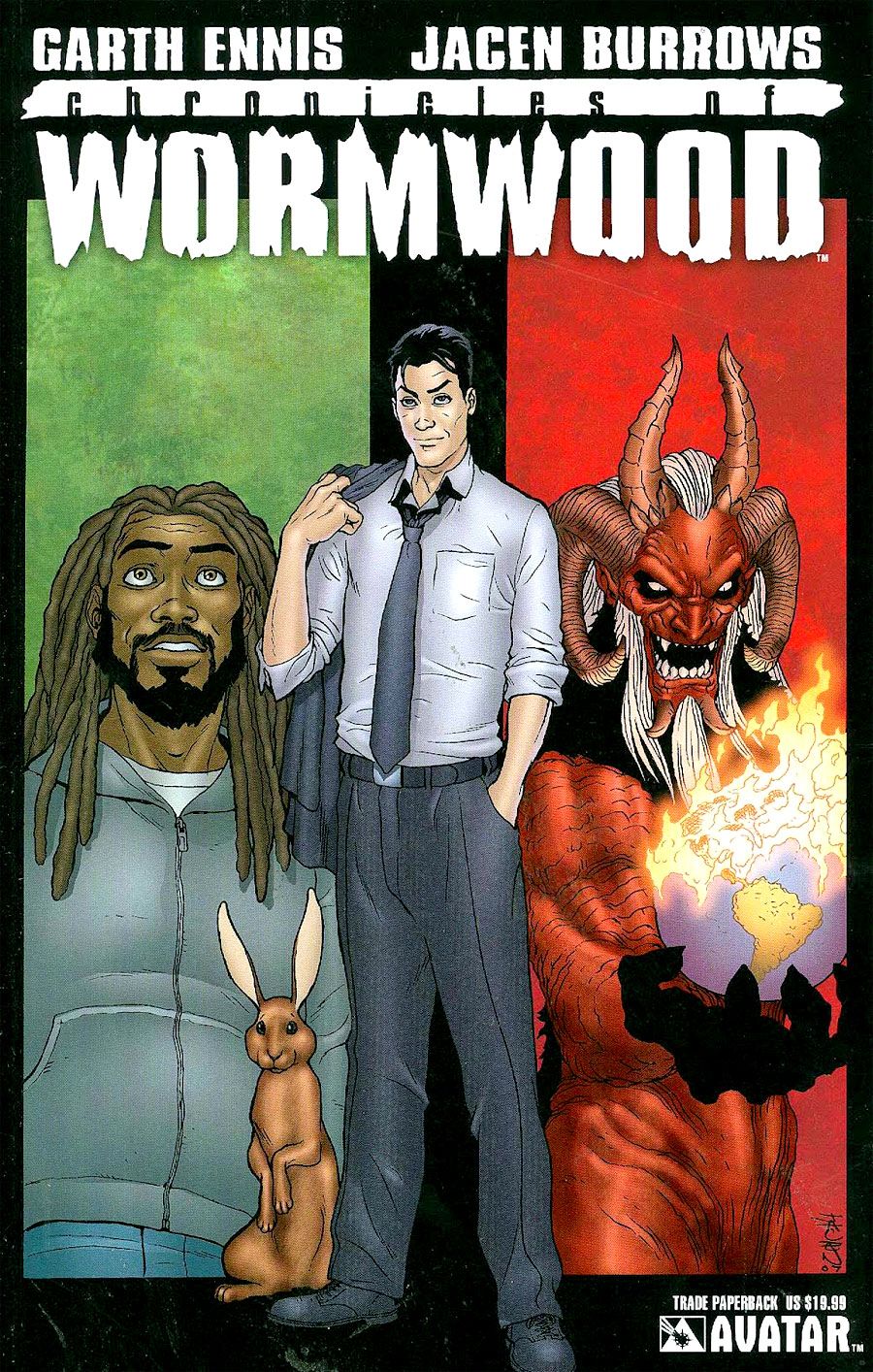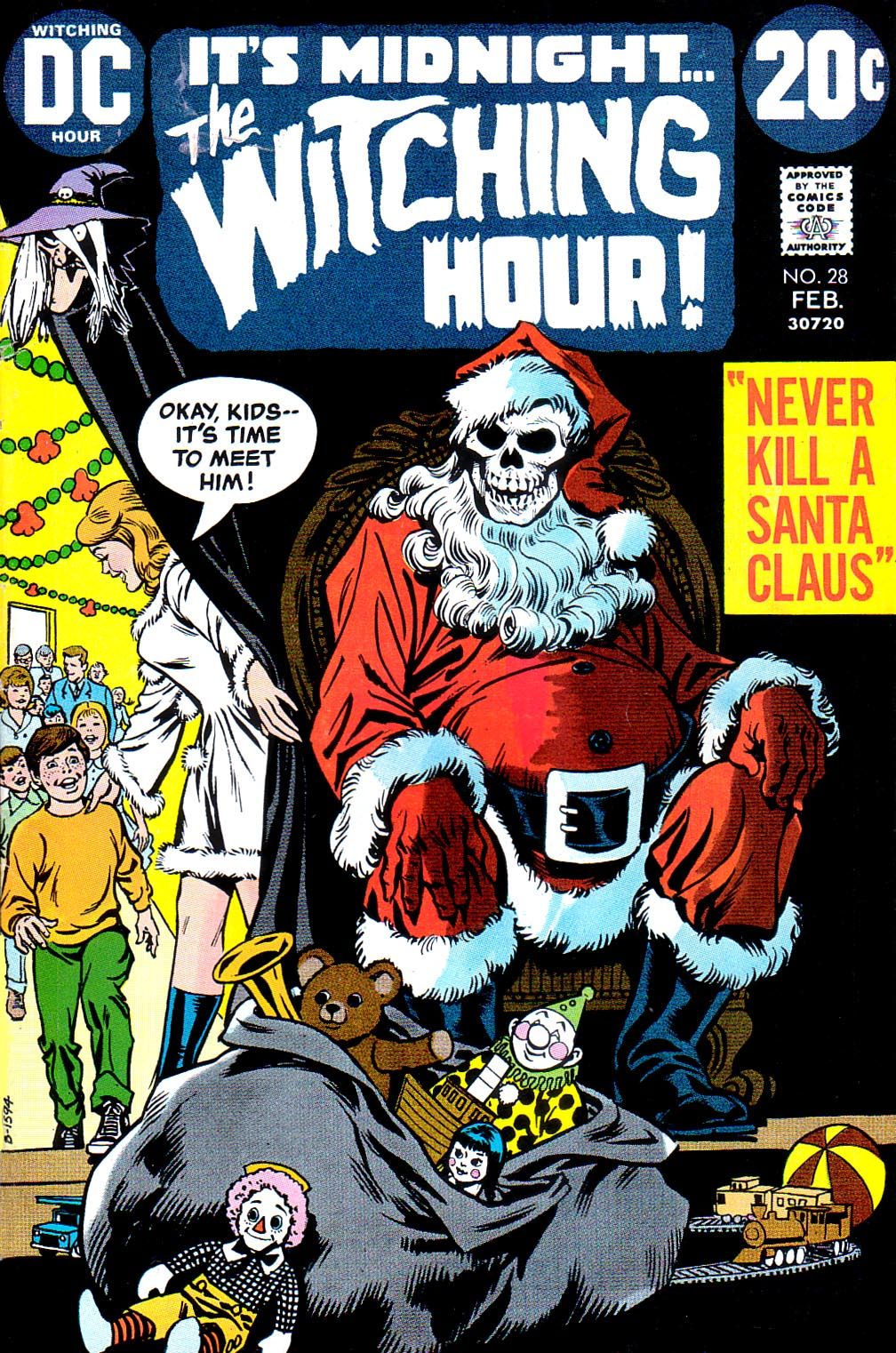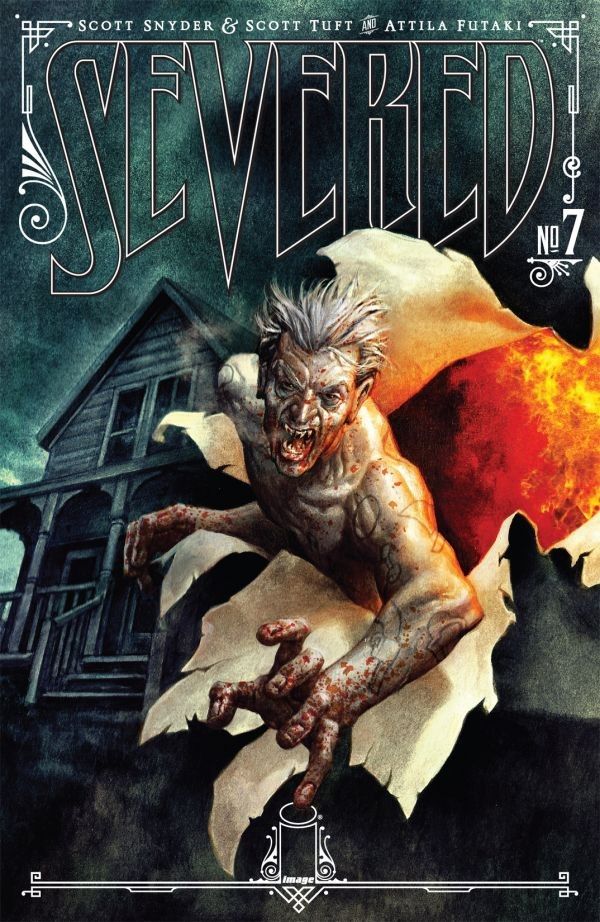It's that time of year again, for ghouls, ghosts, goblins, evil spirits and copious handfuls of candy. With Halloween nearly upon us, it's a good time to remember that comics and horror go together like Frankenstein's monster and electricity. Other than super heroes, it can be argued that horror is the genre that's had the most success in comic book form.
RELATED: Five New Genre-Bending Horror Films For Halloween
Most comic fans know "Tales From the Crypt" and the myriad other EC horror titles. We've long enjoyed the frights delivered by "Swamp Thing," "Preacher," "Sandman," "Hellblazer," "The Walking Dead" and "Hellboy," and the Bronze Age Marvel fright books like "Tomb of Dracula" and "Ghost Rider" are the stuff of back-issue legend. Since you already know and love those titles, we're going to celebrate some lesser-known comic book scares this Halloween, with five of the creepiest titles that may have slipped through the cracks of your pull list over the years.
Hopefully you've read the books we've chosen, but we're willing to bet more than a few of you will discover something new on our list. And then, it's just a matter of making a trick-or-treat stop at your local comic shop for some last minute Halloween shopping.
Nailbiter
Image Comics - 2014-present
Writer: Joshua Williamson
Artist: Mike Henderson
Available digitally and in trade paperbacks
Serial killers are certainly a popular staple of horror fiction, but "Nailbiter" turns that on its head with a story with a town filled with serial killers. Sixteen separate serial killers have called Buckaroo, Oregon home, and it's also the focus of NSA Agent Nicholas Finch, who finds himself teamed with Buckaroo's most infamous serial killer, Edward "Nailbiter" Warren, to solve the mystery of the most evil town in America.
"Nailbiter" is often overshadowed by some of Image's other horror books, which is a shame because there are genuine jump scares in every issue. The series isn't afraid to get gory, either, as it features some of the most visceral images in modern comics. Every issue of this book is a nerve-jangling experience that will have horror fans chomping their nails down to the bloody cuticles.
Son of Satan
Created by Gary Friedrich and Roy Thomas
"Marvel Spotlight" #12-24 (Oct. 1973 - Oct. 1975) "Son of Satan" #1-8 (1976-1977)
The entire run was reprinted in "Essential Marvel Horror: Vol. 1" in 2006
In 1973, "The Exorcist" brought Satanism and satanic cults to the forefront of the American consciousness. Never one to let a trend pass it by, Marvel Comics soon introduced Daimon Hellstrom in the pages of "Marvel Spotlight," the very same book Ghost Rider first appeared in. Titled "Son of Satan," Hellstrom's feature was a popular one, and, as one can imagine, very controversial, with many conservative fans taking the publisher to task for featuring such devilish imagery.
Through it all, Hellstrom remained a very different type of hero and starred in many atmospheric and truly strange tales, first in the pages of "Marvel Spotlight" and then in his solo mag, "Son of Satan." Both books are often overshadowed by Marvel's more celebrated Bronze Age horrors like "Tomb of Dracula," "Werewolf by Night" and "Man-Thing," but "Son of Satan" remains a genuine H.P. Lovecraft and Robert Bloch-inspired treat to read.
Chronicles of Wormwood
Writer: Garth Ennis Artist: Jacen Burrows
Avatar Press - 2006-2007
Available digitally and in trade paperbacks
Meet Danny Wormwood, the Antichrist and son of the greatest evil reality has ever known. Danny was sent to Earth by his horned papa to bring about the end time of humanity, but something happened that the devil did not expect: Danny fell in love with Earth and its people, and rather than destroy us all, he stayed here as our protector.
"Chronicles of Wormwood" is often an overlooked part of Garth Ennis' impressive bibliography, stuck in the shadow of his other horror work like "Preacher" and "Hellblazer." It's a shame, because "Wormwood" is truly one of Ennis' finest works, a story filled with ultra-violence and unforgettable monsters, with a profound and moving message in the center of all the mayhem.
The Witching Hour
By: Various
DC Comics February-March 1969 to October 1978
"Showcase Presents: The Witching Hour" collected "The Witching Hour" #1-19 in 2011
Most fans recall "House of Mystery" or "House of Secrets" as DC's top-tier fright mags throughout the '70s. But "The Witching Hour" provided atmospheric creep-outs with some of the finest horror yarns published during that horror-heavy era. The book often boasted ghoulishly fun Nick Cardy covers, and introduced fans to not one, but three very memorable horror hosts. Inspired by the Weird Sisters of Shakespeare's "Macbeth" and adhering to the archetype of the Maiden/Mother/Crone, Morded, Mildred and Cynthia gleefully introduced each story in "The Witching Hour" with scripts almost as fun and memorable as the comic's main tales.
The Sisters were so memorable, in fact, that Neil Gaiman revived and gave them an important role in his "Sandman" saga. Later, Jeph Loeb and Chris Bachalo revived "The Witching Hour" name for a Vertigo miniseries, which is worth picking up in its own right.
Severed
Scott Snyder and Scott Tuft Artist: Attila Futaki
Image Comics - 2012
Available digitally and in trade paperback
Scott Snyder and Jock are currently tearing the horror scene to shreds with their creator-owned "Wytches." But Snyder's no stranger to scaring comic fans, having previously teamed with co-writer Scott Tuft and artist Attila Futaki for "Severed," a brutal and unforgettable horror tale about the perils of growing up in an unforgiving world.
A period piece set in the 1920s, "Severed" tells the tale of a young runaway, 12-year-old Jack Garron, who sets off on a cross-country journey to find his father, a traveling minstrel. Along the way, Jack runs afoul of a traveling salesman, who hides his real mouth filled with razor sharp teeth beneath the façade of a fake grin. The salesman is one of the most frightening characters in modern comics, a monster that remains in the recesses of your mind long after you finish reading his story.

